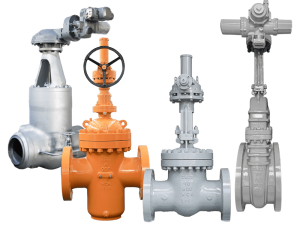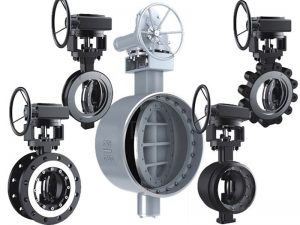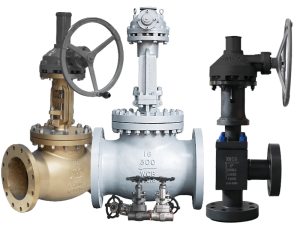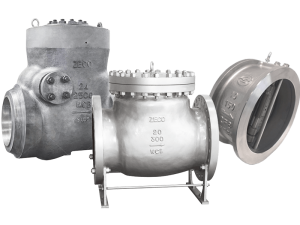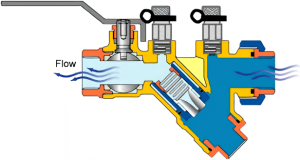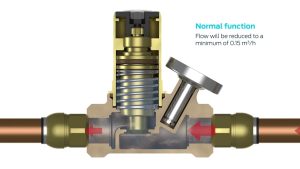Les robinets à soupape sont l'un des types de robinets les plus polyvalents utilisés pour réguler le débit des fluides dans les systèmes de tuyauterie. Mais comment fonctionne un robinet à soupape ? robinet à soupape de travail ? Dans ce guide complet, nous examinerons les mécanismes des robinets à soupape, les composants qui leur permettent de contrôler en douceur le débit des fluides, les conceptions et matériaux courants, ainsi que les applications typiques.
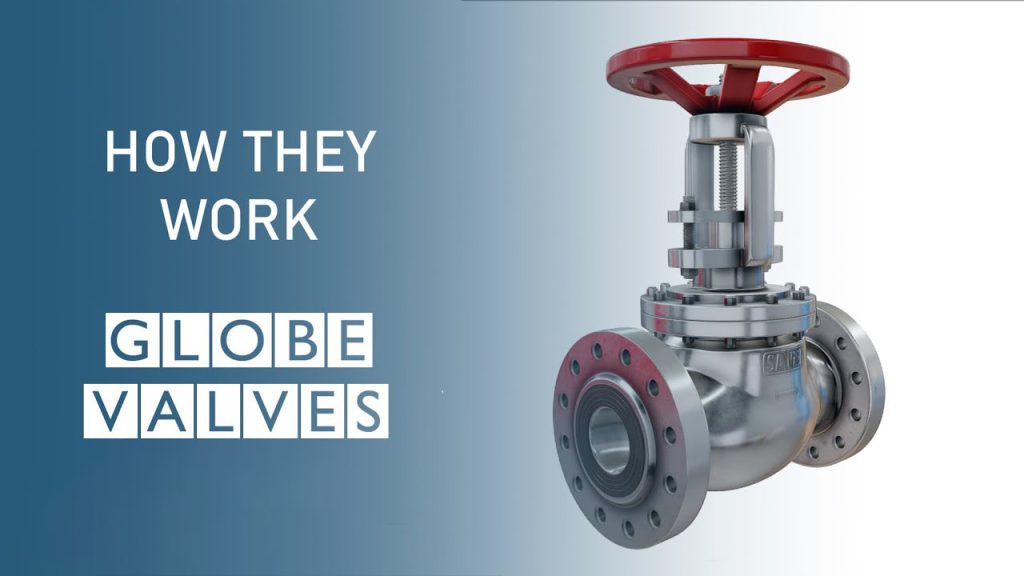
Table des matières
Comment les robinets à soupape fonctionnent pour contrôler le débit
À un niveau élevé, Comment fonctionne un robinet à soupape ? se résume au mouvement linéaire d'un disque interne ou d'un clapet par rapport à une bague de siège fixe dans le corps de la vanne. Lorsque le clapet se soulève du siège, il ouvre une voie d'écoulement, permettant au fluide de circuler dans la vanne. Lorsque le clapet redescend dans le siège, il coupe progressivement le flux jusqu'à ce qu'il forme un joint d'étanchéité complet.
Les robinets à soupape disposent ainsi d'une capacité d'étranglement précise qui permet d'ajuster finement les débits. Les principaux éléments de fonctionnement permettant ce contrôle en douceur sont les suivants :
Tige et actionneur
Le clapet de vanne se raccorde à une tige qui transfère le mouvement linéaire pour ouvrir et fermer la voie d'écoulement. La tige peut être manuelle avec un actionneur à volant. Ou automatisée en utilisant des systèmes pneumatiques, hydrauliques ou électriques. L'actionneur fournit un contrôle précis pour lever et abaisser le clapet.
Bouchon et siège
Le clapet est l'élément mobile de contrôle de l'écoulement, avec une surface conique qui assure l'étanchéité contre le siège de l'anneau stationnaire lorsqu'il est complètement fermé. Lorsque le clapet se soulève du siège, une ouverture annulaire est créée pour permettre l'écoulement. Différentes formes de clapets et de sièges permettent de personnaliser les performances d'écoulement.
Corps et capot
Les sections pressurisées de la vanne comprennent les composants de la voie d'écoulement. Le corps abrite le clapet et le siège, tandis que le chapeau assure l'étanchéité de la tige. La construction standard du chapeau boulonné permet un accès rapide pour la maintenance aux pièces internes.
Lorsque l'actionneur soulève et abaisse le clapet à l'intérieur de la vanne, il est possible de régler avec précision le débit entre la fermeture et l'ouverture complète. Nous examinerons ensuite quelques variantes courantes de robinets à soupape et des matériaux adaptés à des applications spécialisées.
Styles, matériaux et utilisations des robinets à soupape
Bien que tous les robinets à soupape reposent sur le même concept fondamental, leur construction exacte peut varier de manière significative en fonction de la fonction requise et des spécifications de performance :
Robinets à soupape standard
Le modèle le plus répandu avec une trajectoire d'écoulement en Z changeant deux fois de direction. Permet un contrôle précis de l'étranglement avec une bonne capacité de fermeture. Utilisé pour la régulation du débit dans les processus industriels généraux.
Robinets à soupape d'équerre
Entrée et sortie à 90 degrés ressemblant à un coude. Un seul changement de direction réduit les turbulences pour une perte de charge inférieure à celle des robinets à soupape standard. Utile lorsque l'agencement de la tuyauterie nécessite à la fois un contrôle du débit et un changement de direction.
Robinets à soupape en Y
La construction angulaire offre une voie d'écoulement plus directe que les robinets à soupape standard pour une résistance plus faible et une perte de pression minimale. La faible restriction du débit fait que les robinets à soupape en Y conviennent aux tâches d'étranglement.
Robinets à soupape à double siège
Comprend deux bouchons avec des tiges d'actionnement individuelles pour un fonctionnement équilibré. Permet un débit bidirectionnel et minimise les besoins en force d'actionnement. Utilisé dans les systèmes de traitement de l'eau à haut débit.
En termes de matériaux, les robinets à soupape gèrent une large gamme de fluides allant de la cryogénie à des températures extrêmement élevées dépassant les limites normales de l'acier :
- Robinets à soupape en bronze pour les débits d'eau et de vapeur non corrosifs
- Vannes en laiton pour systèmes de chauffage par circulation d'eau chaude
- Les robinets à soupape en fonte offrent une durabilité pour les débits d'eau froide et d'eau chaude
- Vannes en acier inoxydable pour les produits chimiques corrosifs et les fluides pétroliers/gazeux à haute température
- Les alliages exotiques comme l'Hastelloy supportent le verre en fusion, les acides et les substances radioactives.
Cette combinaison de construction configurable et de compatibilité étendue des matériaux fait des robinets à soupape un élément de contrôle du débit extrêmement polyvalent, adapté aux processus de toutes les industries.
Conclusion
Nous venons d'explorer le fonctionnement interne, les conceptions et les matériaux spécialisés qui permettent à l'appareil de fonctionner. Comment fonctionne un robinet à soupape ? pour moduler en douceur le débit dans les systèmes de tuyauterie. Le clapet conique mobile fournit une capacité d'étranglement précise car il se soulève sur et hors du siège annulaire fixe en réponse au mouvement de la tige et de l'actionneur. La configuration des composants de la voie d'écoulement et de l'alliage global de la vanne pour des fluides spécifiques garantit des performances et une longévité optimales.
Les robinets à soupape traitent tous les types de fluides, de la vapeur aux huiles, carburants et produits chimiques, en passant par les produits cryogéniques et les métaux en fusion, ce qui en fait un élément de contrôle du débit indispensable pour les tuyauteries des processus industriels dans tous les secteurs. Leur polyvalence exceptionnelle et leurs mécanismes internes relativement simples font des robinets à soupape un choix judicieux pour un contrôle précis et fiable des fluides.


